



Supports two Ethernet chips
As modern electronic systems demand higher data transmission speeds and reliability, chips supporting dual Ethernet have become increasingly important in fields such as industrial automation, automotive electronics, communication equipment, and the Internet of Things (IoT). Dual Ethernet technology, which provides two independent Ethernet interfaces, enhances redundancy, reliability, and network bandwidth, ensuring that critical systems can continue to operate stably even under extreme conditions. This article will introduce chips supporting dual Ethernet, their application areas, main features, and future development trends.
Application Areas
Industrial Automation
In industrial automation, reliable communication between devices is crucial. Dual Ethernet chips ensure that when one network path fails, the system can quickly switch to the other, preventing production stoppages due to network interruptions. This redundancy design is particularly suitable for industrial environments that require continuous monitoring and control, such as automated production lines in manufacturing and energy management systems.
Automotive Electronics
In automotive electronics, dual Ethernet chips are widely used in advanced driver assistance systems (ADAS) and vehicle control systems. As autonomous driving technology continues to advance, vehicles require increasingly reliable and real-time data transmission. Dual Ethernet technology ensures that data transmission between critical sensors and control units is never interrupted, improving vehicle safety and reliability.
Communication Equipment
In communication equipment, dual Ethernet chips are extensively used in key devices such as switches, routers, and servers. These devices have high demands for network bandwidth and reliability. Dual Ethernet technology not only provides higher data transmission speeds but also enables load balancing and failover, thereby enhancing overall device performance.
Internet of Things (IoT)
IoT devices are often distributed over a wide geographic area, with many applications requiring devices to maintain stable communication continuously, such as in smart grids, smart cities, and remote monitoring systems. Chips supporting dual Ethernet can provide high-reliability data transmission for these applications, ensuring that the system can continue operating even in the event of network failures.
Main Features
High Reliability and Redundancy
Dual Ethernet chips provide redundancy in communication links by offering two independent Ethernet ports. When one path encounters a problem, the system can seamlessly switch to the other path, ensuring continuous and stable communication. This is critical for mission-critical systems, effectively preventing downtime and data loss caused by network failures.
Load Balancing
Chips supporting dual Ethernet typically feature load balancing, which allows network traffic to be evenly distributed between the two ports, thus improving the efficiency of network bandwidth utilization. This is especially important in scenarios that require handling large amounts of data, such as data centers and video surveillance systems.
High Data Transmission Rates
As network demands continue to grow, dual Ethernet chips are gradually supporting higher data transmission rates, such as 1Gbps, 2.5Gbps, or even higher speeds. This enables them to meet the demands of modern electronic systems for high-speed data communication and adapt to future network architectures.
Flexible Configuration Options
Dual Ethernet chips usually support multiple configuration options to meet different application needs. For example, the chip can be configured as two independent Ethernet ports or as a primary and backup port, providing flexible network architecture designs. This flexibility allows them to be widely used in various industries and scenarios.
Low Power Consumption Design
In many applications, power consumption is a critical consideration. Modern dual Ethernet chips typically adopt low-power designs to meet the needs of embedded systems, mobile devices, and other applications that require high energy efficiency. This design not only extends the battery life of devices but also reduces overall energy consumption, contributing to more environmentally friendly technology applications.
Future Development Trends
Higher Integration
Future dual Ethernet chips will move towards higher integration. As chip manufacturing processes continue to advance, more functions will be integrated into a single chip, such as integrating PHY, MAC, switches, and security features. This not only reduces the space requirements on PCB boards but also lowers the overall system cost and complexity.
Enhanced Network Security
With the increasing frequency of cyberattacks, security has become an important development direction for dual Ethernet chips. Future chips will further enhance built-in security features, such as supporting more advanced encryption algorithms, authentication mechanisms, and intrusion detection systems, ensuring the security and integrity of data transmission.
Support for Higher Data Transmission Rates
With the development of technologies such as 5G, IoT, and autonomous driving, future dual Ethernet chips will support higher data transmission rates, such as 10Gbps or higher. This will greatly enhance network transmission capabilities, meeting the growing data demands.
Optimized Power Management
Future dual Ethernet chips will see greater improvements in power management, such as dynamic power adjustment and intelligent sleep modes, further reducing power consumption and improving energy efficiency, making them suitable for low-power applications.
Conclusion
Chips supporting dual Ethernet play an important role in modern electronic systems. Their high reliability, load balancing, and high data transmission rates make them widely applicable in industrial automation, automotive electronics, communication equipment, and IoT fields. As technology continues to advance, dual Ethernet chips will further improve in integration, security, data transmission rates, and power management, providing robust technical support for future intelligent and connected applications.

Please contact us if the source is mislabeled or violates your legal rights.
We will promptly correct and delete, thank you.
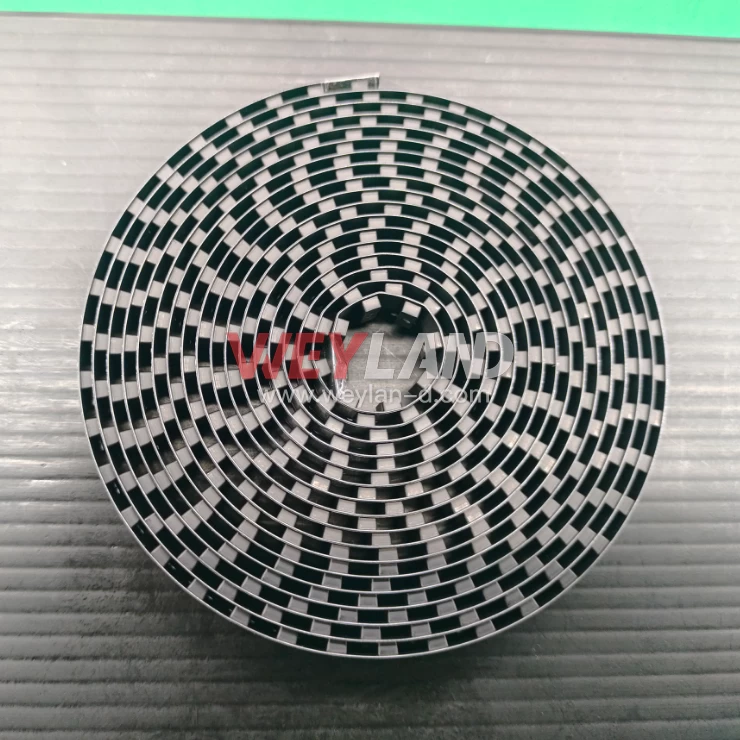
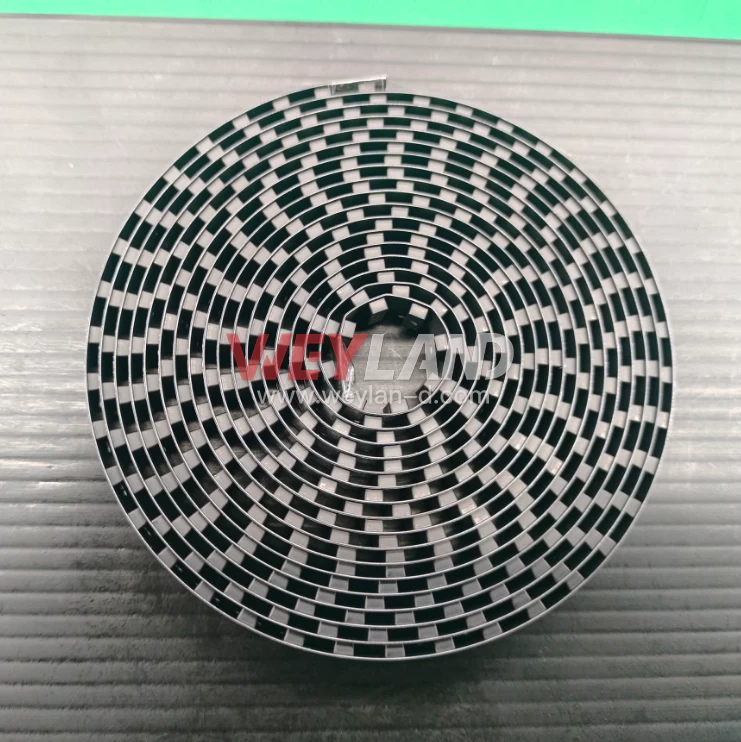
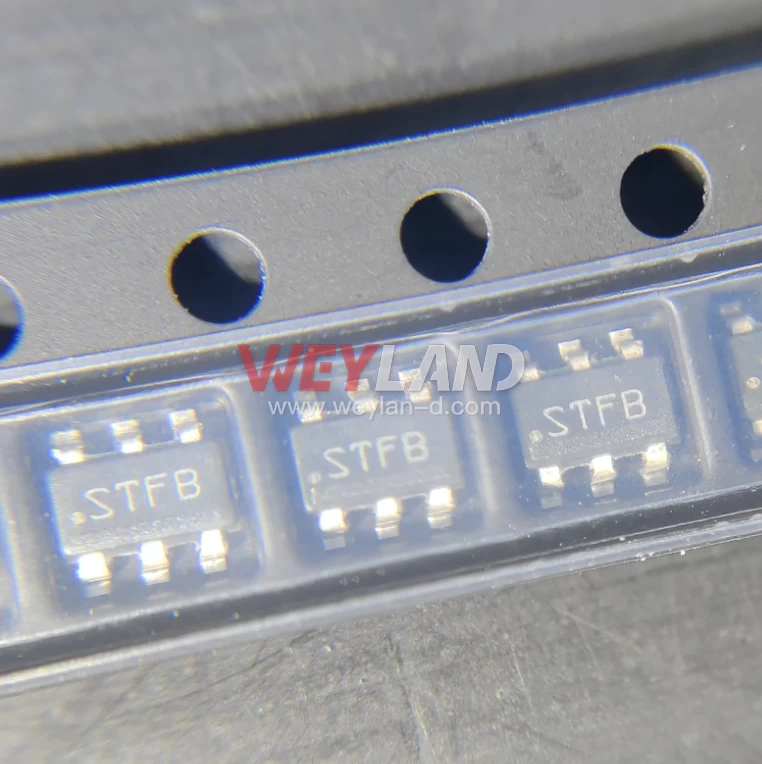
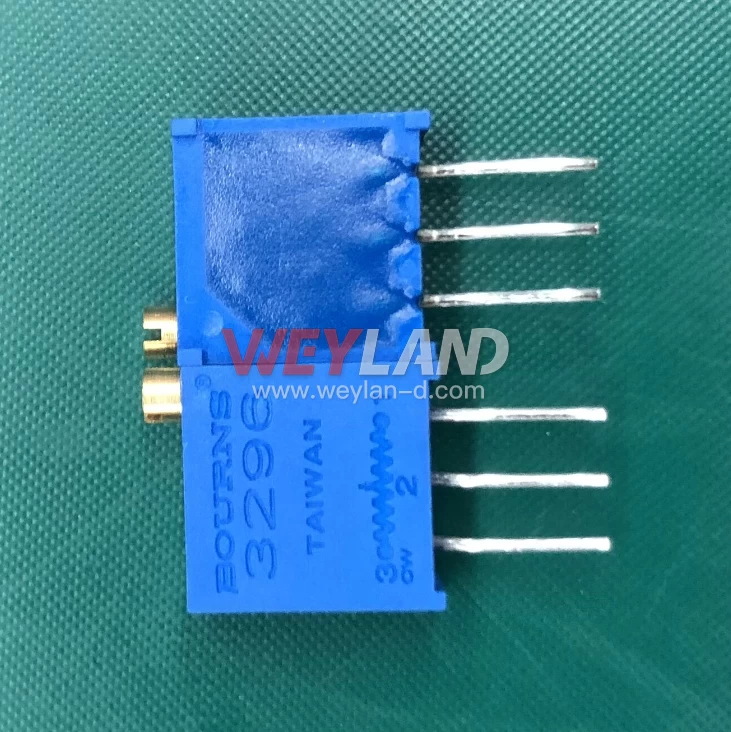
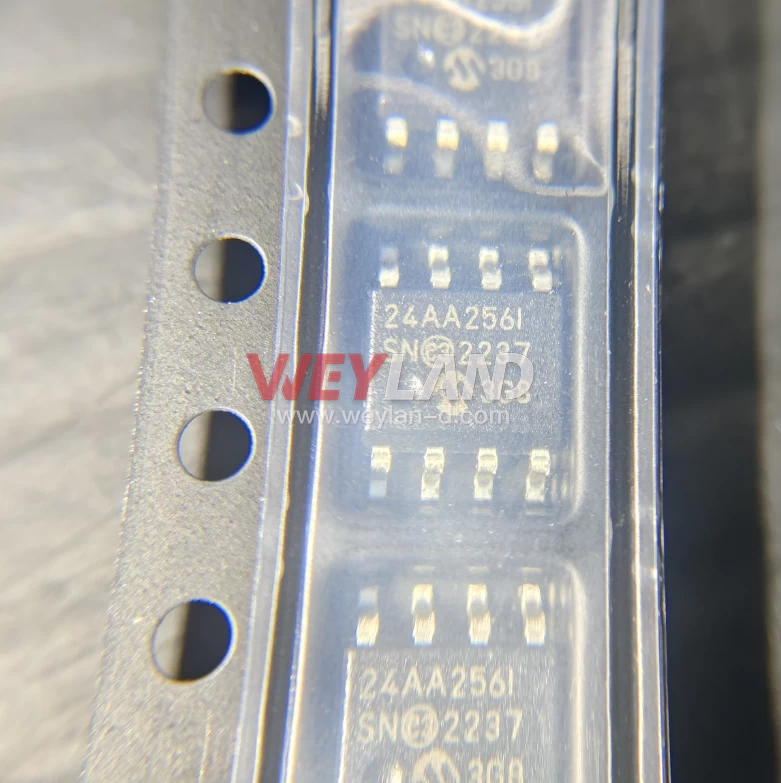
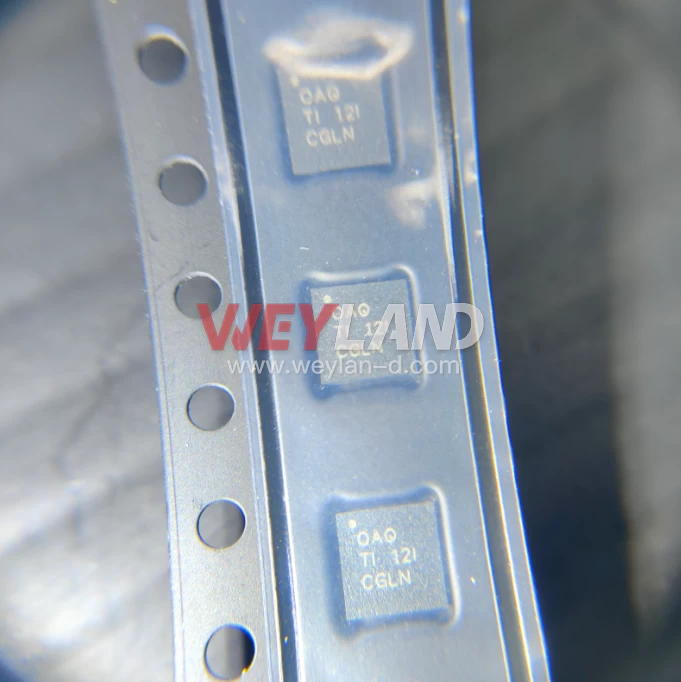
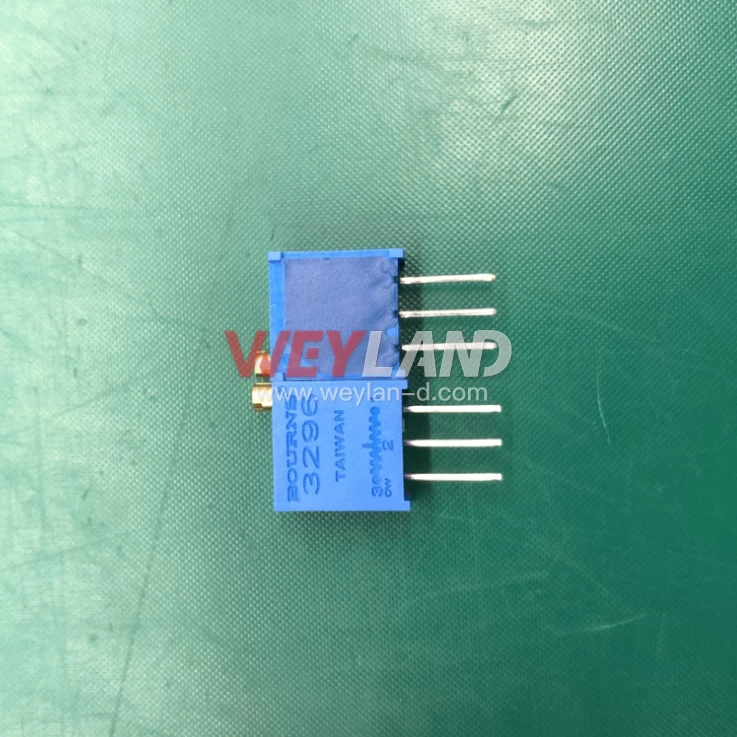


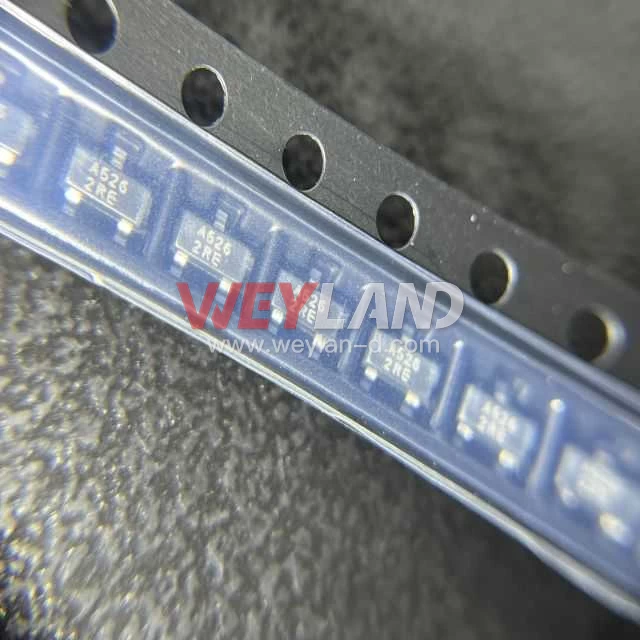
.9246509.png)












[email protected]
7500A BEACH ROAD #04-307 THE PLAZA SINGAPORE (199591)
RM 705.7/F.FA YUEN COMM BLDGNO.75-77.FA YUEN STREET.MONGKOK.KLN.HONG KONG
